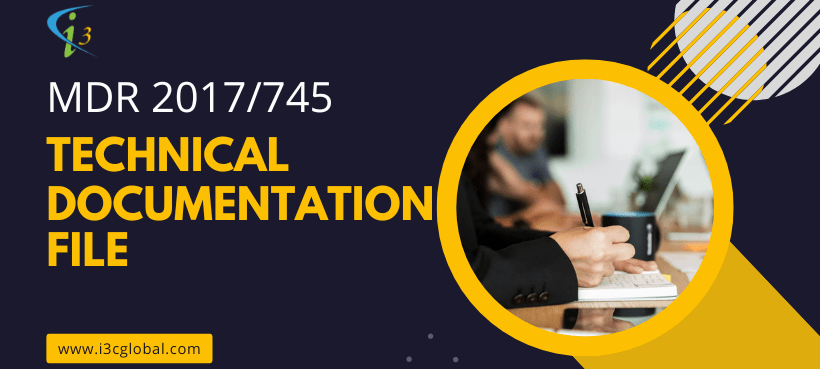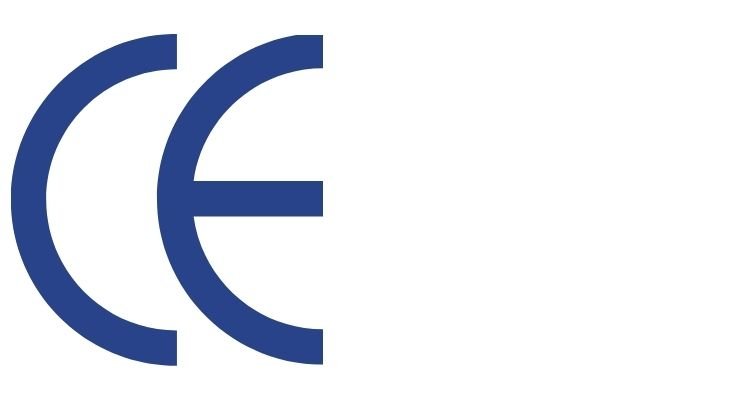Quick Contact

Medical Device Technical File
The Regulation 2017 / 745 Annex II, medical device technical file is a summary document prepared by the manufacturer in a clear, well-organized, readily searchable, and unambiguous manner to demonstrate the safety and performance of the device in question. Depending upon the device’s construction and intended use the file should be decided.
The medical device technical documentation must be submitted to the notified body or competent authority for review and approval. It should preferably be made in the English language or the official language of an EU Member state. It must be available on request for the whole life cycle of the medical device (5 years for low-risk and 16 years for high-risk devices). Non-EU manufacturers must keep the file with the European Authorized Representative.
Irrespective of a medical device class, intended use, construction, and or safe history of the device, the manufacturer must have and keep up-to-date technical file to demonstrate compliance with GSPR Annex I of medical device regulation 2017/745. Medical device regulation has given specific requirements on what to include in your technical documentation. You can get more information from the below sections.
Do you need an email containing full details within 2 minutes?
MDR Technical File Selection Criteria
Selecting the appropriate technical file is crucial for ensuring regulatory compliance and product safety. Here are some key criteria to consider when selecting a file. Quality Assurance and Regulatory consulting team members are always confused or find it difficult to identify the required number of technical files for the products planned for European CE Marking.
It is advised to remember that the MDR technical documentation is all about your device to establish safety and performance. It means you cannot combine products with different intended uses, different classes, different construction materials, or even different designs.
- Device Intended use and Indication of use
- Site of application
- Design change or major constructional changes
- State of the art
- EMDN / GMDN code
Medical Device Technical File Consultants
The MDR Technical Documentation consists of multiple sections, and each section requires special expertise to compile. We are a group of professionals experienced in EU Medical Device Technical Documentation, covering core areas such as risk analysis, validations, design, shelf-life, usability, biological evaluation, safety, chemical characteristics, and clinical evaluation.
- Requirement & Identification as per CE Medical device regulation
- Risk classification and identification of assessment route of CE Marking
- Systematically organize and arrange Files and reviews.
- Clinical Evaluation documentation covering PMS, PMCF & PSUR
- Risk Analysis
- Medical Device Quality Management System Implementation
Certainly! For more information about our services and how we can assist you with technical documentation preparation, please feel free to contact us at your convenience.
How to build a Medical Device Technical Documentation as per MDR 2017/745? We have the answer and the right team to do it for you.
EU MDR Technical Documentation Types
- Class I – Active Device, Non-Sterile with/without Software
- Class I – Non-Active Device, Non-Sterile
- Class I – Non-Active Device, Sterile / Measuring / Reusable
- Class I – Active Device, Sterile / Measuring / Reusable
- Class I – Software Device with or without Measuring Function
- Class IIa – Active Device, Sterile / Non-Sterile / Measuring / Reusable /with/without Software
- Class IIa – Non-Active Device, Sterile / Non-Sterile / Measuring / Reusable
- Class IIa – Non-Active Device, Implant Sterile / Non-Sterile / Measuring / Reusable
- Class IIa – Software Device, with or without Measuring Function
- Class IIb – Active Device, Sterile / Non-Sterile / Measuring / Reusable with/without Software
- Class IIb – Non-Active Device, Sterile / Non-Sterile / Measuring / Reusable
- Class IIb – Non-Active Device, Implant Sterile / Nonsterile / Measuring / Reusable
- Class IIb – Software Device, with or without Measuring Function
- Class III – Active Device, Sterile / Non-Sterile / Measuring / Reusable with/without Software
- Class III – Non-Active Device, Sterile / Non-Sterile / Measuring / Reusable
- Class III – Non-Active Device, Implant Sterile / Non-Sterile / Measuring / Reusable
- Class III – Active Device, Implant Sterile / Non-Sterile / Measuring / Reusable / with or without Software
- Class III – Software Device, with or without Measuring Function
- Special Rule – Class III – Devices incorporate medicinal products under Rule 14
- Special Rule – Class IIa/IIb – Devices for contraception under rule 15
- Special Rule – Class IIa/IIb – Devices used for disinfecting, cleaning or sterilising medical devices under rule 16
- Special Rule – Class III – Devices made using tissues or cells of human or animal origin, or their derivatives under rule 18
- Special Rule – Class IIa/IIb/III – Nano-materials under rule 19
- Special Rule – Cass IIa/IIb – Devices for medicinal inhalation under rule 20
- Special Rule – Class IIa, Class IIb and Class III – Devices composed of substances that are absorbed or locally dispersed under rule 21
Please read more about medical device technical file examples can technical file samples in the word file on the next pages.
QMS Procedures linked with Technical Documentation
Quality Management System (QMS) procedures related to the Medical Device Regulation (MDR) are crucial for ensuring compliance with the technical file requirements. The following are important
- Procedure for Device Classification
- CE Marking Procedure
- Labelling Procedure
- Vigilance Procedure
- Significant Change Notification Procedure
- PRRC Appointment
- Language Translation
- Advisory Notice
How to build a Medical Device Technical File as per MDR 2017/745? We have the answer and the right team to do it for you.

